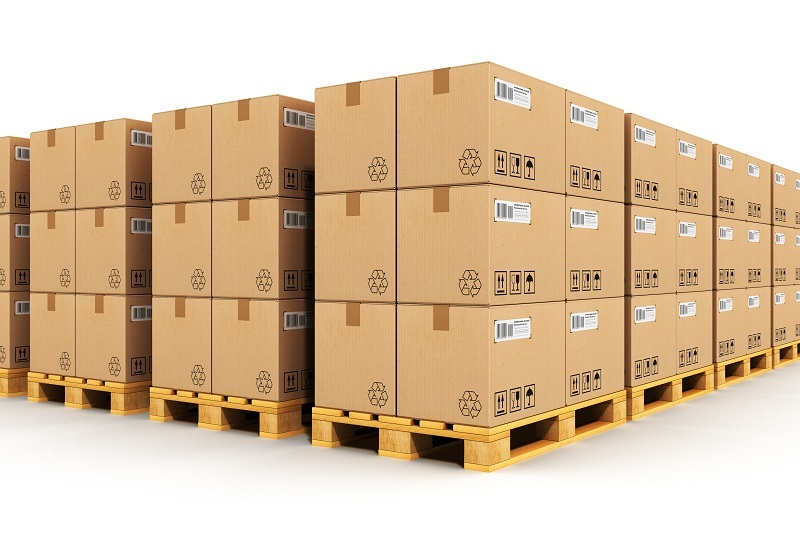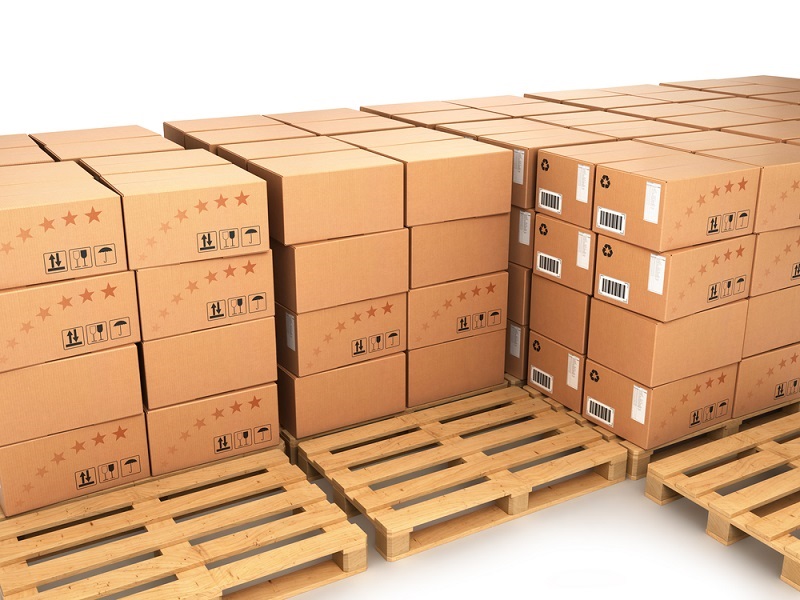Everything You Need to Know About Wood Pallets
Wooden pallets are widely used in various applications today. But the question is what exactly are pallets and why use them? To simply answer this question, it can be said that a pallet is a horizontal platform which is constructed in such a way that it can be easily be lifted and moved by material handling equipment like lift trucks a and conveyors. A pallet not only provides a base for assembling, storing, handling and transporting materials and products but also provides protection to those materials and products.
There are 6 different designs of pallets that facilitate easy transportation and handling of goods:
- Two-way pallets
- Four-way pallets
- Open pallets
- Closed boarded pallets
- Wing pallets
- Reversible pallets
Wood pallets are mainly classified into 2 types based on the material it is made from: wooden pallets and plywood pallets. There are 3 types of wood used for making wood pallets. As plywood pallets are made out of recycled wood and wood scrap, they are not as sturdy and strong as the wooden pallets. But they are very suitable for transporting lighter goods as they cost less. The types of wood used for manufacturing wooden pallets are:
- High density hardwood – Trees like Birch, Cherry, Oak, Maple, Ash, Beech, Yellow Birch, Elm, Red Maple, etc. give this type of wood.
- Low-density hardwood – Trees like Walnut, Poplar, Willow, Linden, Aspen, etc. give this type of wood.
- Softwood – Trees like Cedar, Cypress, Spruce, Pine, Hemlock, Spruce and Fir, etc. give this type of wood.

All these types of wood vary in strength and flexibility. There are various advantages and disadvantages of both the types. Here is a list of both:
- Wooden Pallets: Wooden pallets are the most widely used type. They are lighter than metal pallets and heavier than all the rest of the types.
- Pros:
→ They are strong and highly durable.
→ They are less expensive than the metal and plastic pallets.
→ As they are made with several boards fixed together, any breakage can be fixed by just replacing that particular board.
→They provide high friction to prevent it from slipping off the surface while transporting.
→ They can easily be reused or resold.
→ When completely worn out, they can be recycled into paper or mulch.
→ In case there is a large pile of junk wood pieces, they can be cut and fixed together to make wooden pallets. This is the reason wooden pallets are so widely and easily available.
→ They are highly suitable for shelf storage. - Cons:
→ They are heavy and thus transporting them can be costly.
→ There is a lot of difficult in cleaning if they get wet.
→ When they are left in moisture for a long time, they can develop bacteria and fungus all over its surface or decay.
→ There are several problems like splinters, protruding nails or shrinking during transporting which may also cause injuries to humans.

- Plywood Pallets: As the name goes, plywood pallets are made from the recycled wood called plywood. They make a good choice for packing of light to medium weight products.
- Pros:
→ They are lighter in weight than wooden pallets.
→ Even though they are light in weight, they are sturdy and strong but not as strong as its wooden counterparts.
→ They are suitable for shipping, transportation and for rack stocking.
→ They have a clean and a smooth surface unlike the wooden pallets and that is good for storing items that can be easily scratched.
→ Plywood has very less moisture absorption. - Cons:
→ It can be severely damaged by water if exposed to water for a long period.
→ For storing for longer periods, moisture free warehouses are needed.
With all these advantages and a few drawbacks that can be overcome by a little caution, wooden pallets are the best choice for any type of application.


















